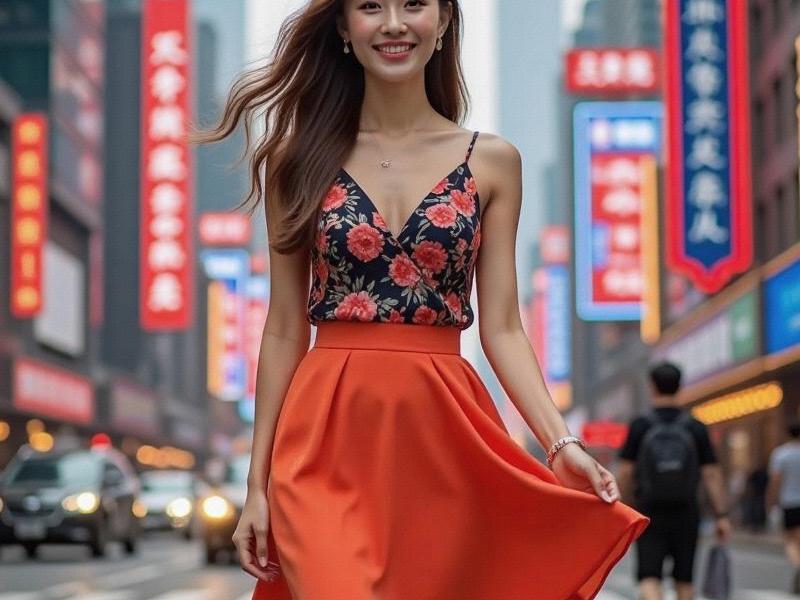
The morning crowd at %Arabica coffee on Wukang Road presents a visual manifesto of Shanghai femininity - young professionals in tailored qipao-inspired dresses reviewing stock charts on MacBooks, art students debating Louise Bourgeois over matcha lattes, and silver-haired matriarchs discussing property investments while wearing vintage Shanghai Tang. This is the complex tapestry of womanhood in China's most cosmopolitan city, where traditional expectations and modern aspirations intersect with particular intensity.
Shanghai women have long occupied a distinctive place in China's gender narrative. From the "modern girls" of 1930s jazz age Shanghai to today's tech entrepreneurs, the city's female residents have consistently pushed boundaries while maintaining certain enduring cultural traits. Contemporary data reveals fascinating patterns:
• 68% of Shanghai women hold university degrees (vs. 52% nationally)
夜上海最新论坛 • Female executives lead 43% of Shanghai-based Fortune 500 China offices
• The city's average marriage age for women is 31.2 (5 years above rural areas)
• Shanghai mothers spend ¥18,900 annually per child on education (national avg: ¥6,200)
上海龙凤阿拉后花园 The professional landscape tells a compelling story. In Lujiazui's financial district, women manage 38% of investment funds - the highest ratio in Asia. Zhangjiang Science City boasts China's highest concentration of female tech founders. Even traditionally male-dominated fields like architecture see exceptional participation, with women leading 3 of Shanghai's top 5 design firms.
Fashion becomes a fascinating cultural negotiation. The "New Shanghai Style" blending qipao elements with minimalist tailoring dominates local design studios. Young professionals have popularized the "9-to-9 wardrobe" - work-appropriate looks that transition seamlessly to evening social engagements. Meanwhile, the city's grandmothers have become unexpected fashion influencers, their vintage silk scarves and pearl accessories inspiring global luxury brands.
上海龙凤419贵族 Social changes manifest in unexpected ways. Matchmaking corners in People's Park now feature female PhDs listing their own requirements (rather than parents negotiating marriages). High-end fertility clinics report growing demand from single professional women choosing elective egg freezing. Most remarkably, Shanghai has seen China's first legal cases establishing "aesthetic labor rights" - protecting women from workplace discrimination based on appearance standards.
Yet contradictions persist. While Shanghai leads in gender equality metrics, pressure to marry before 30 remains intense. The beauty industry thrives (the city accounts for 22% of China's cosmetic surgery market) even as feminist collectives promote body positivity. Professional women still face the "double shift" of career and household expectations, though domestic robots and meal delivery apps are easing burdens.
As dusk settles over the French Concession's plane tree-lined streets, groups of women gather in everything from underground jazz clubs to traditional tea houses - some discussing blockchain startups, others practicing Peking opera. This is the Shanghai female experience in microcosm: simultaneously rooted in tradition and relentlessly innovative, creating a new paradigm for Chinese womanhood that may well influence gender norms across Asia in the coming decade.
